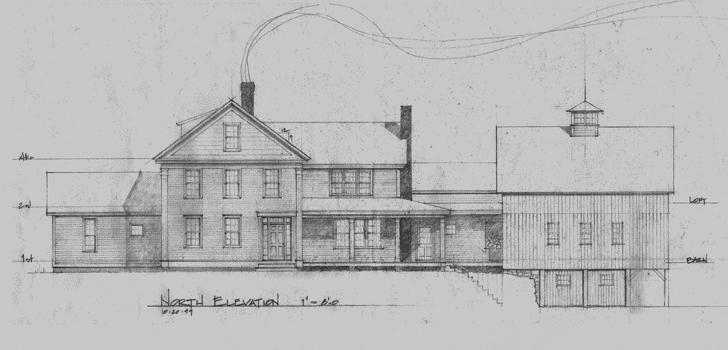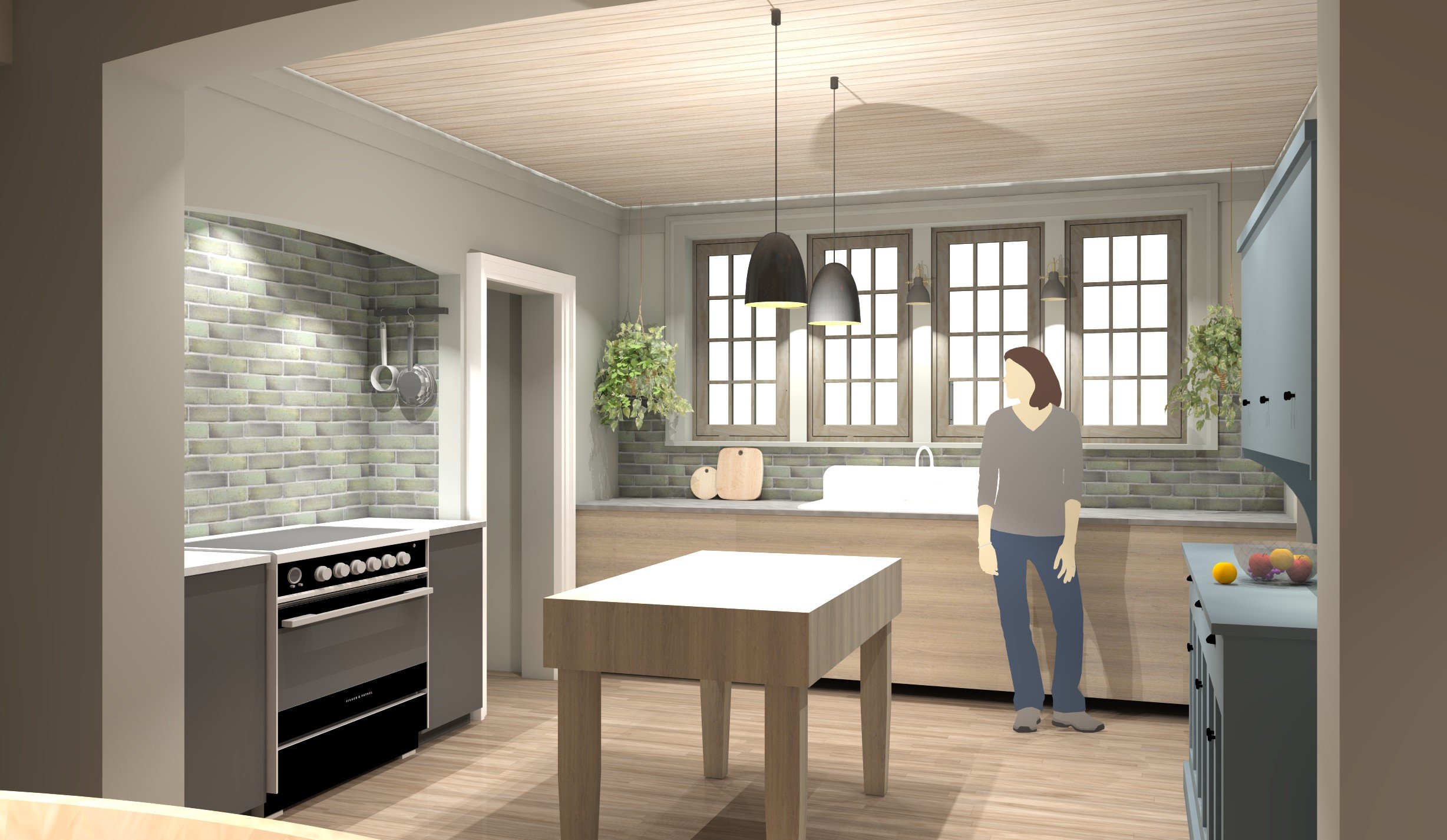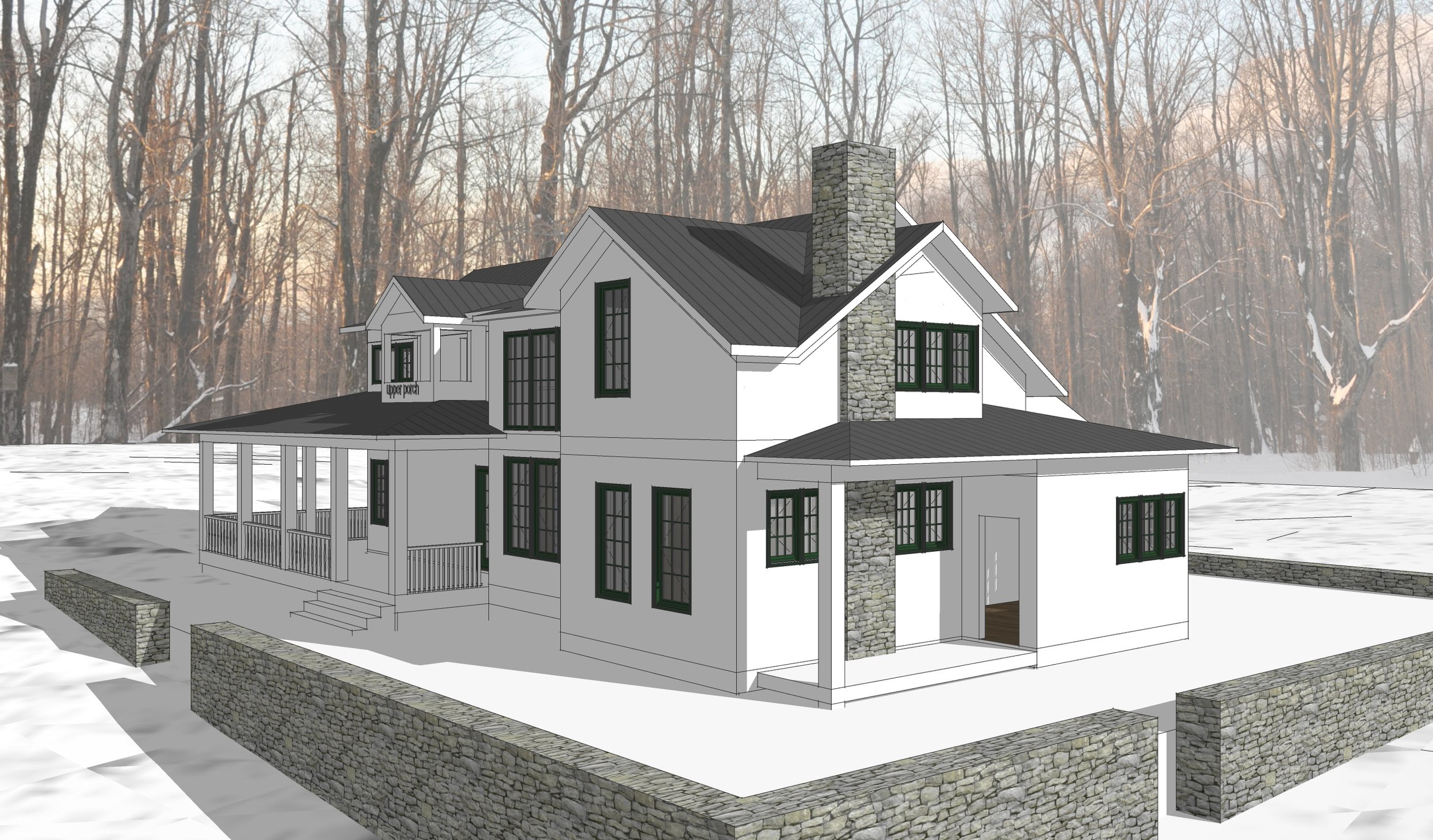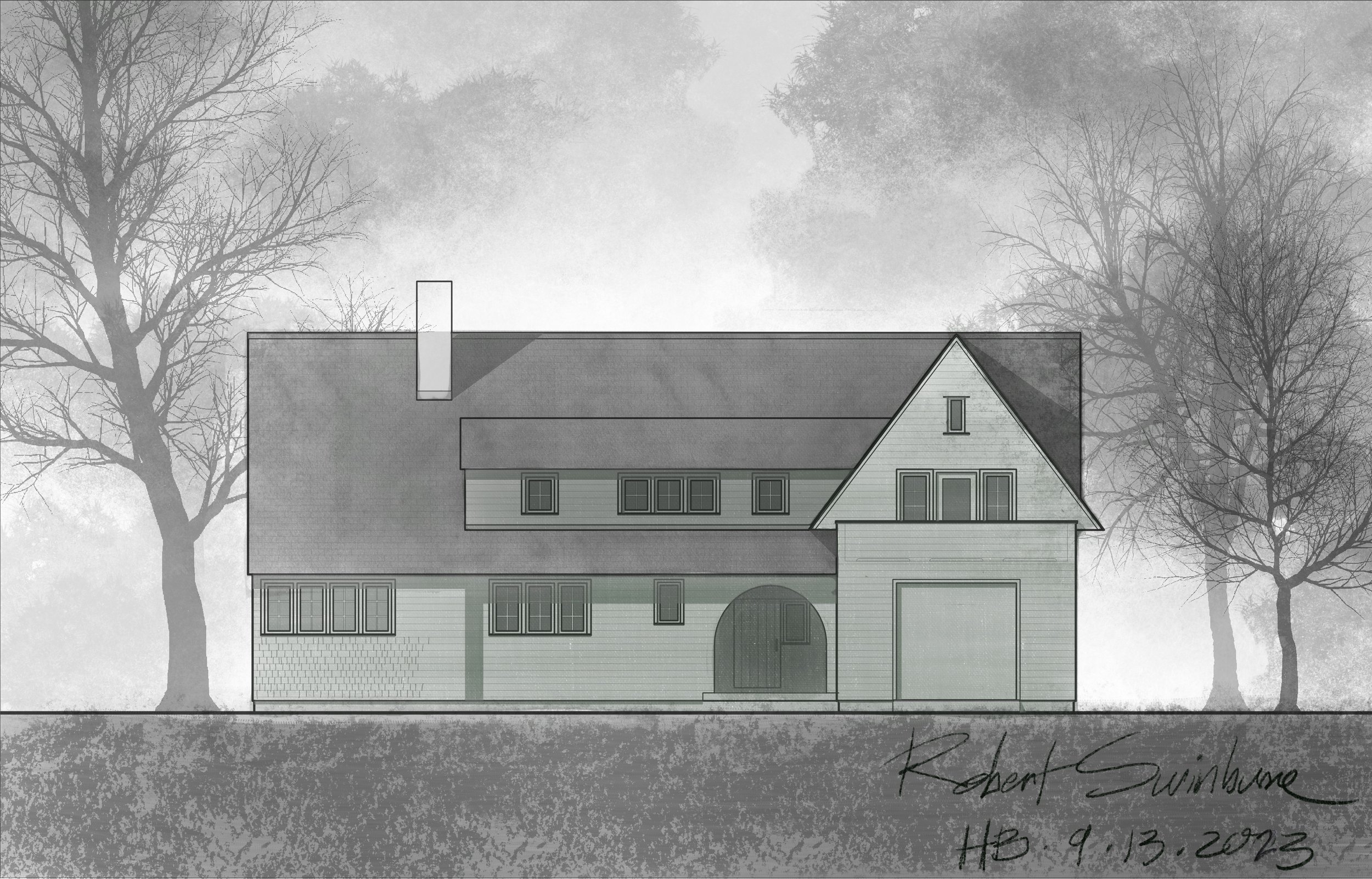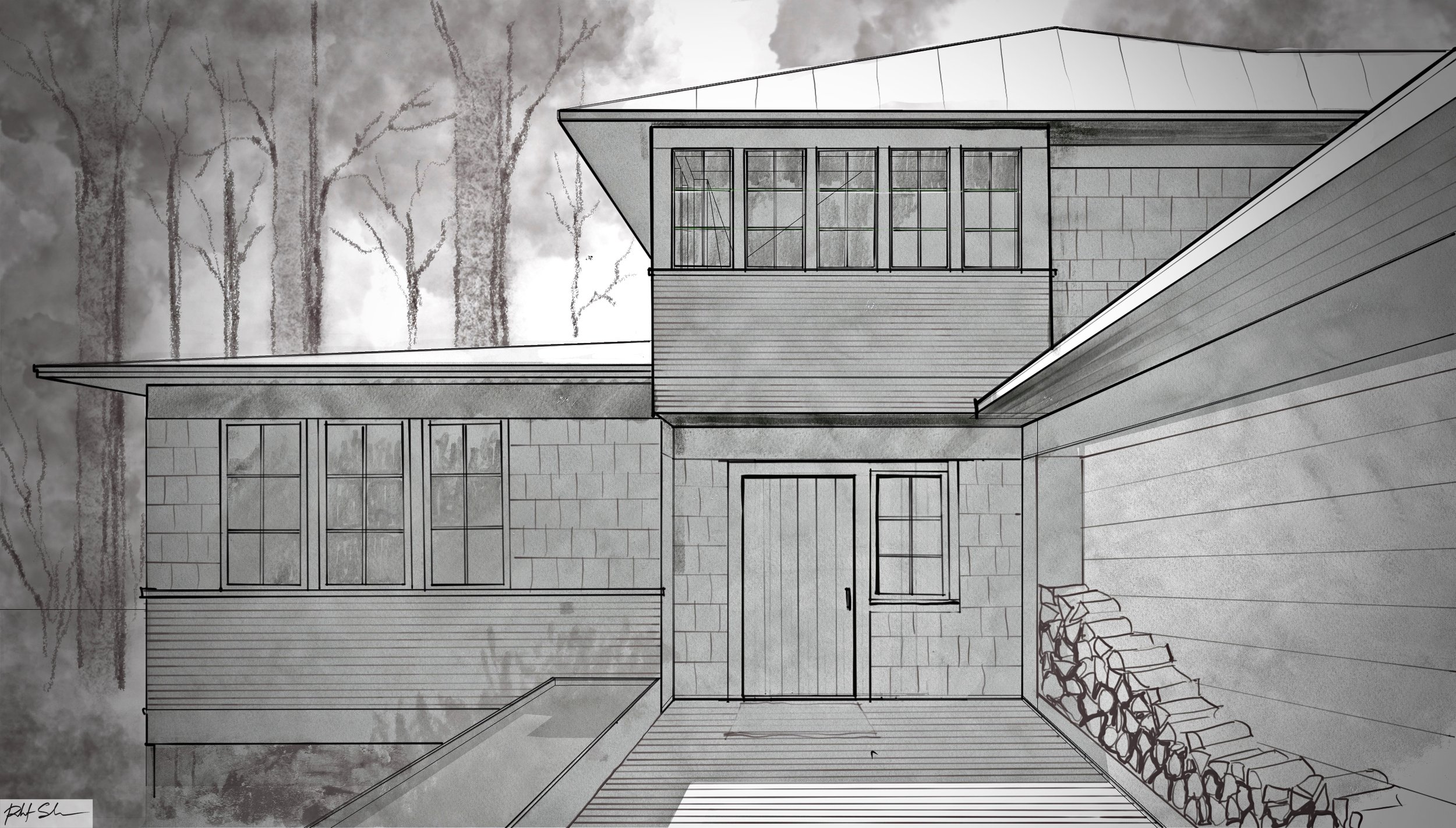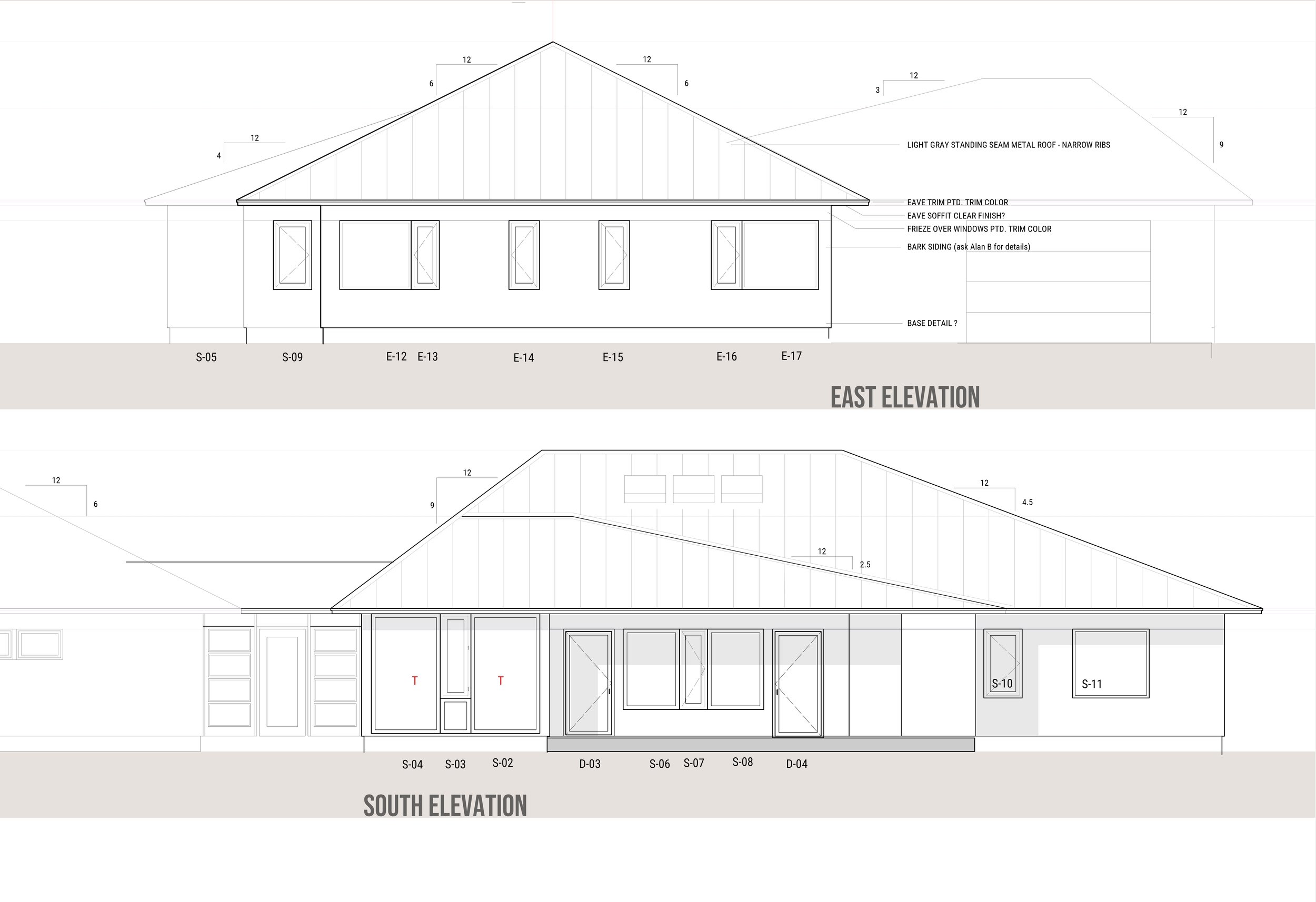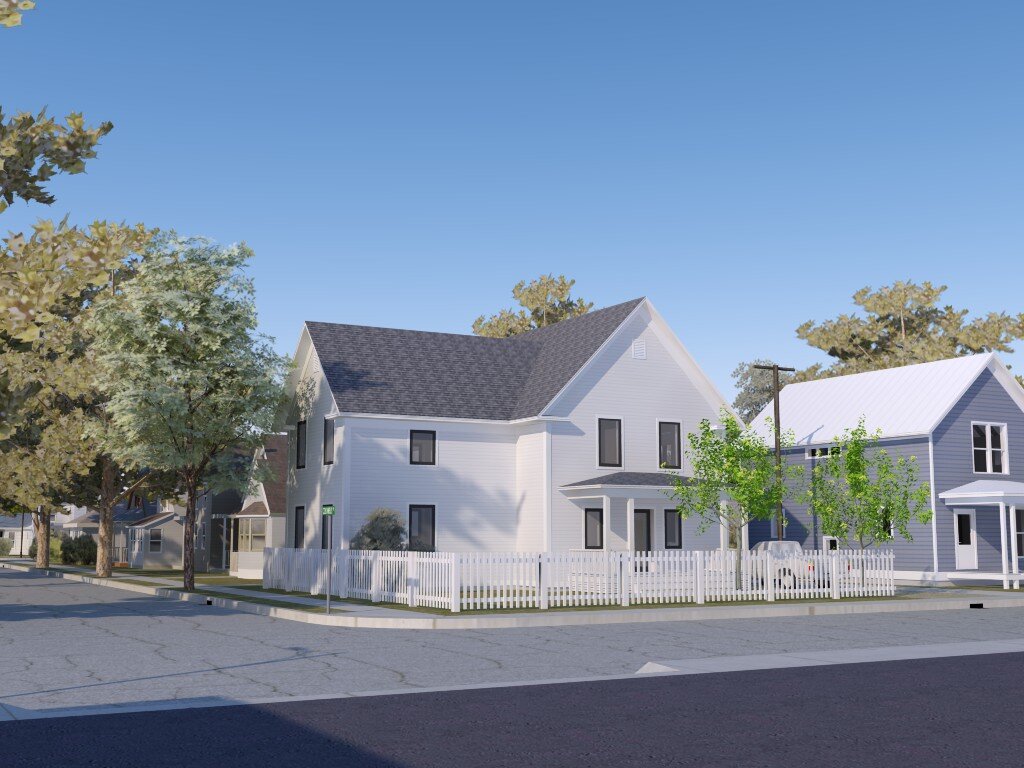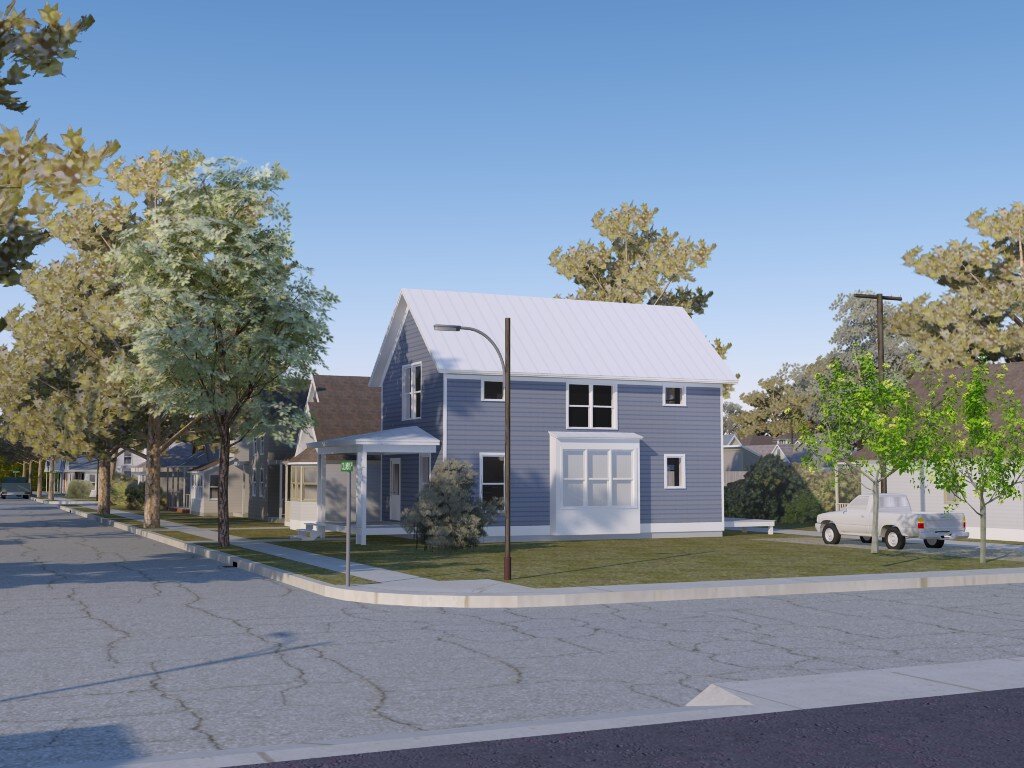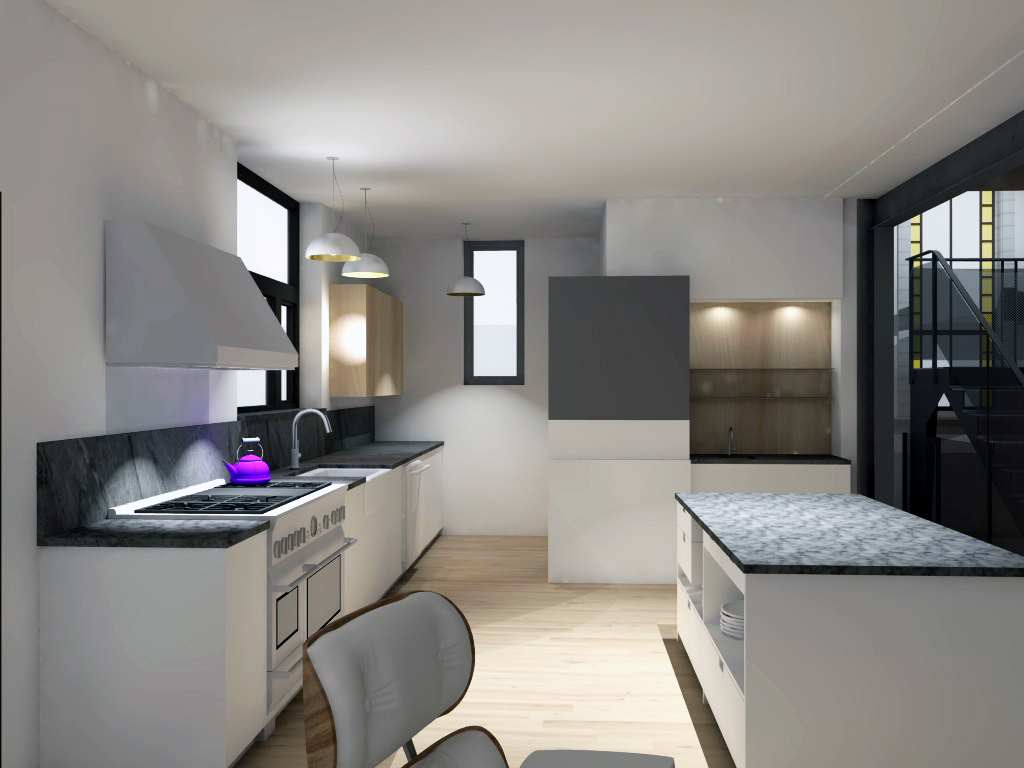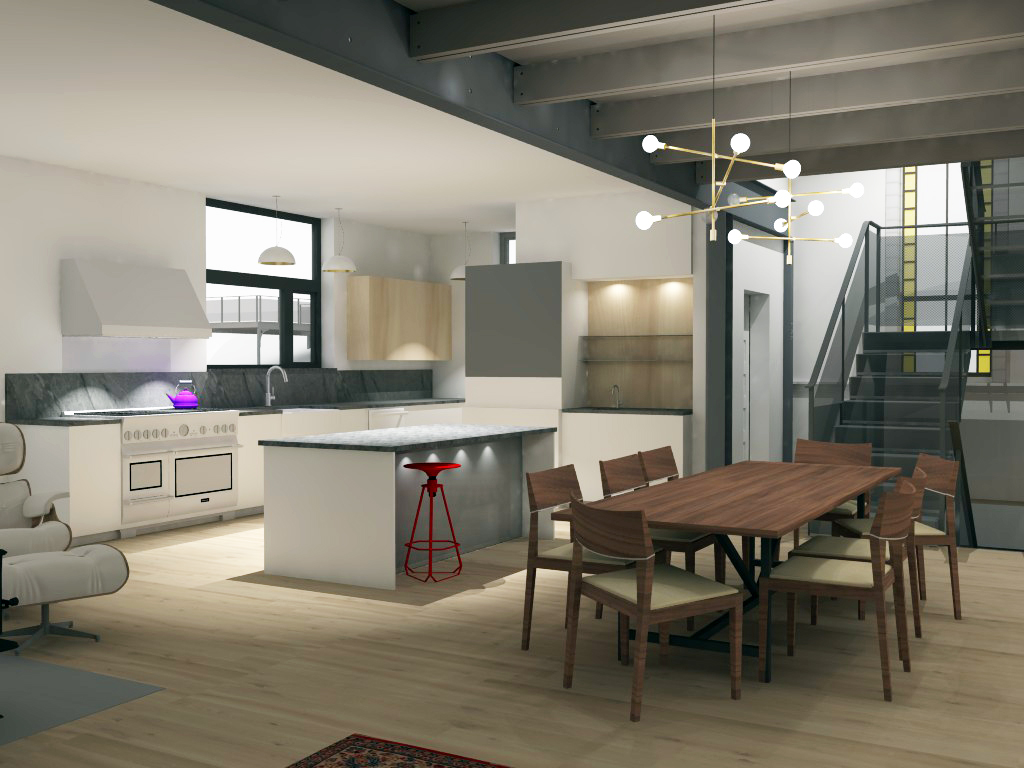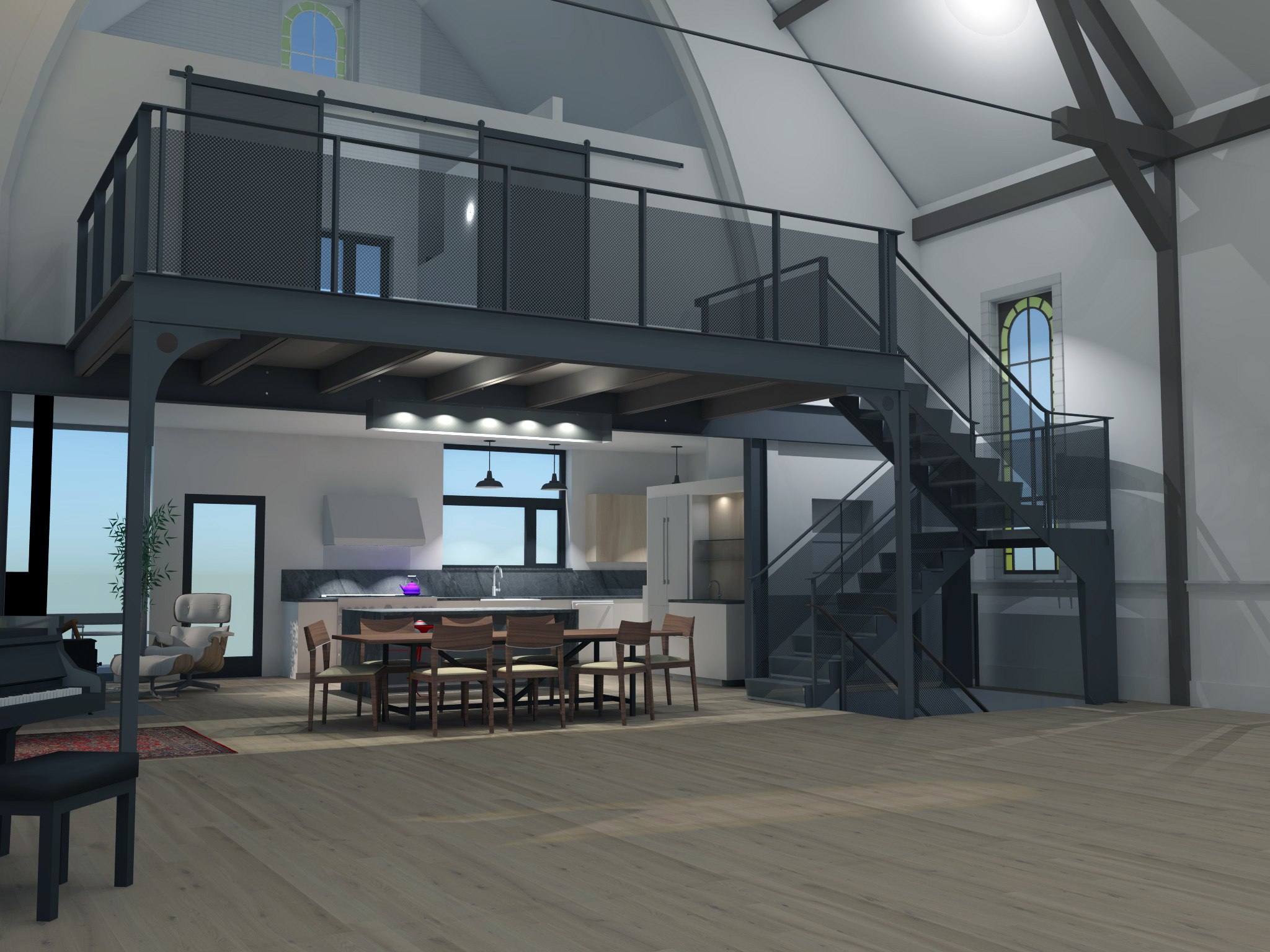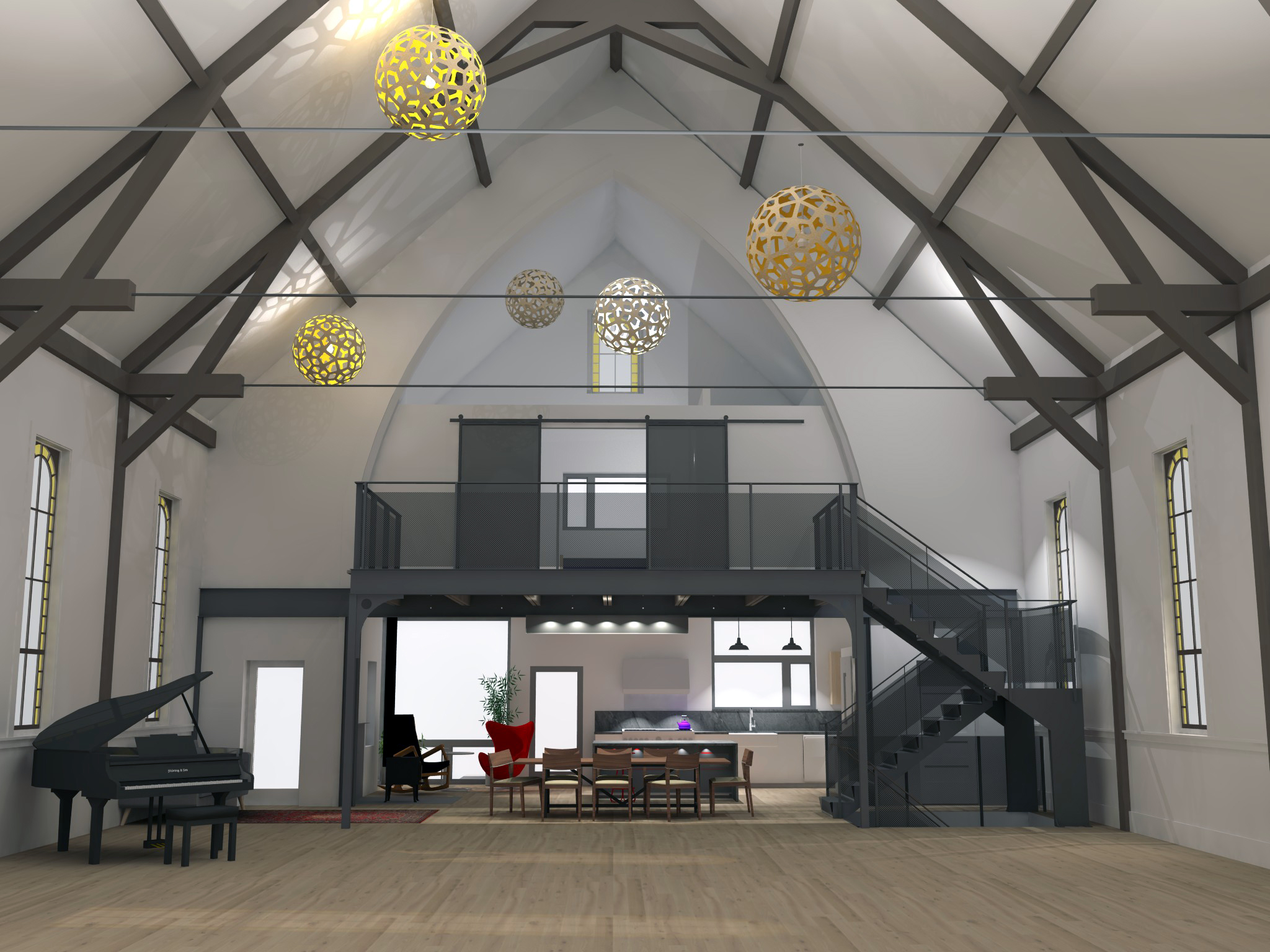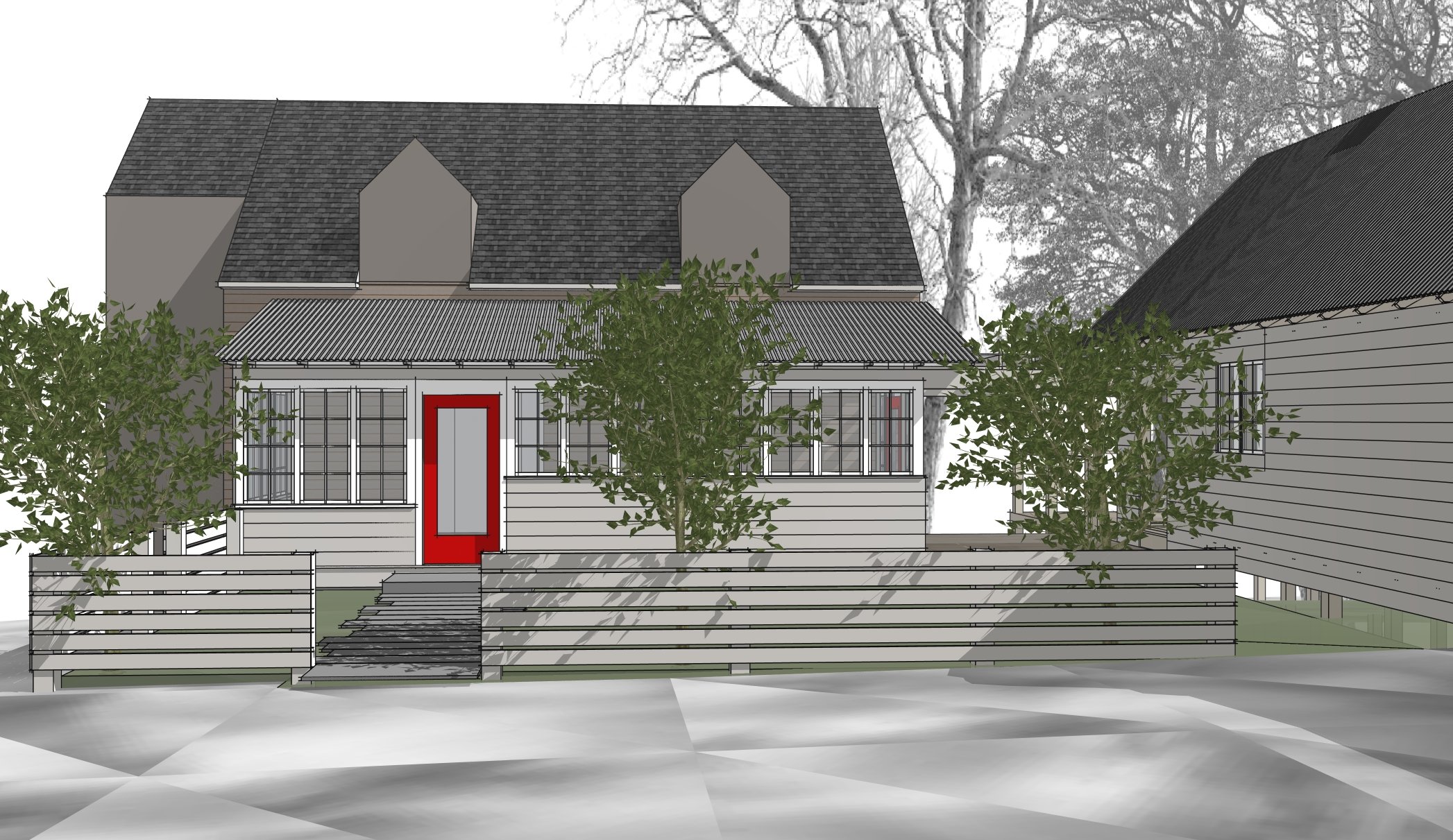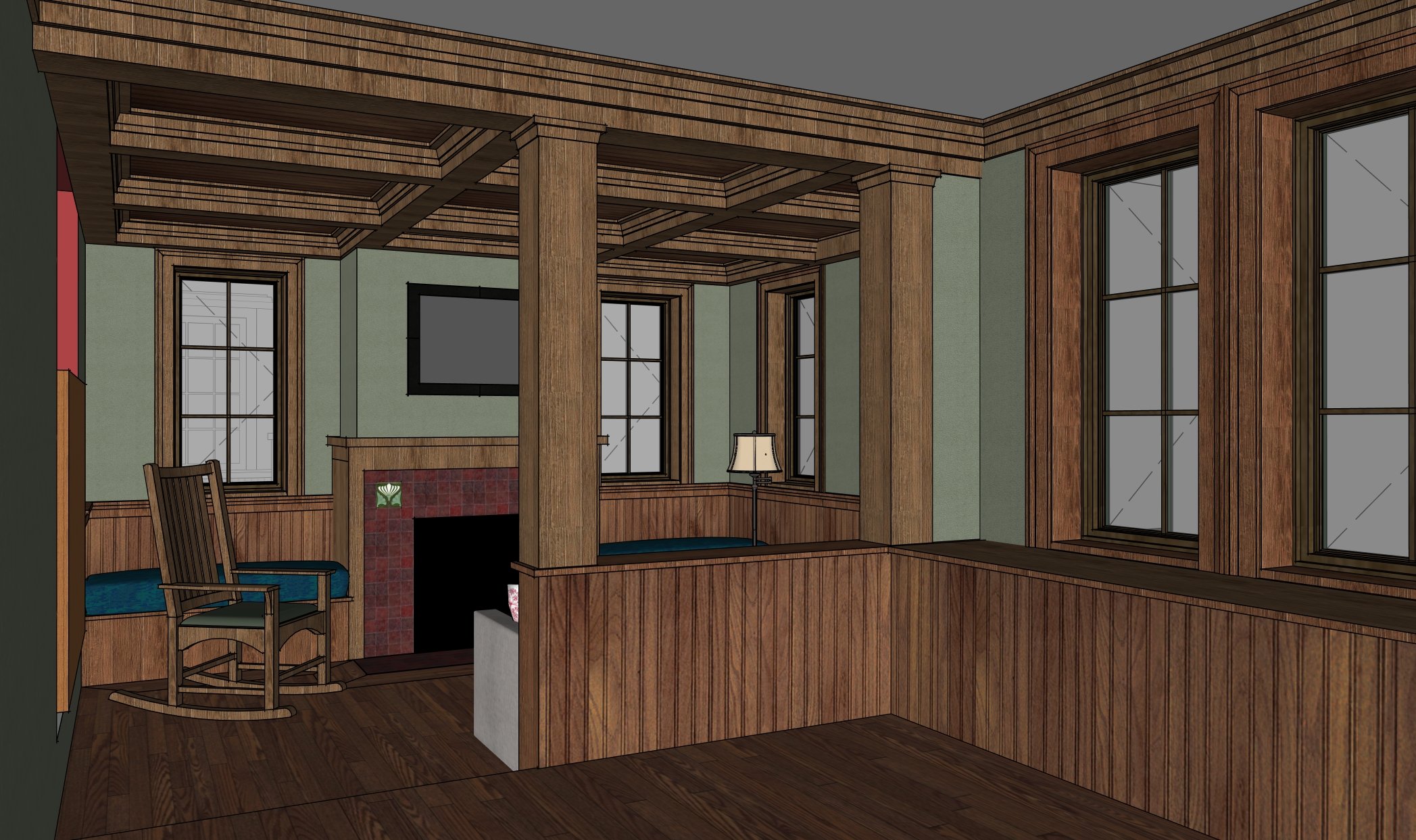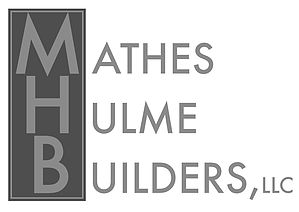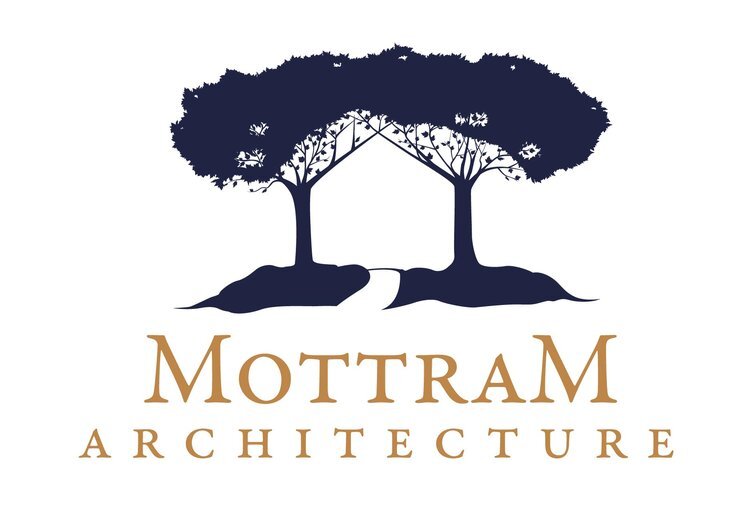Designing and building a new house in Vermont is very much about the people involved in this intense and personal act of creation. Vermont has a history of back-to-the-landers coming together to raise the frame for a new house and all the social aspects inherent in that event. The community that comes out of that carries forward through the lives of the people involved and the life of the home as well. (prickly mtn gang reference?)
This client lived in a more traditional house with outbuildings and gardens but she wanted something smaller and easier to take care of and live in – Something that would take care of her as well. “I felt I needed a plan for how I could live independently for the long-term and still have a home that was something I could manage relatively easily, and that felt special,” she says. She had purchased a 5 acre sugarbush just outside of a small Southern Vermont town that was big enough to have a food co-op, general store, theater, library and restaurants.
When I first visited the site, I was impressed with how neat it was. It had been managed as a woodlot for the production of timber and maple syrup. The lines and patterns of the trees were very strong. The ground gently rolls with a general tilt toward the East and a seasonal view through the trees of the rising sun and moon. With a layer of snow on the ground the shadows of the trees created a very strong purple rhythm across the snow.
My initial instinct was to create something simple and humble that would age in place and settle into the wooded landscape. The woodlot where the house lives consists of sugar maples, black locust and a smattering of other trees. The lines and shadows were all very vertical and visually striking so I thought I could use that to create a dialogue between the house and the forest. This shows up most obviously in the vertical siding with “fins” that provide strong shadows that change throughout the day and seasons.
We live in an area with a wealth of forests and we like to use these resources wherever possible. I had been experimenting with how I can use local wood from local mills for years and realized that this project might represent an opportunity to explore this hyper-local aspect more fully than ever before.
This house is sheathed with locally harvested pine boards. The carport and porch are framed with hemlock lumber harvested and milled locally. The porch decking is black locust from the site. The siding is local hemlock which will gradually turn gray. The sugar maple windowsills, black cherry stair treads and locust decking all came from the property as well. The flooring is maple from the site along with Vermont slate.
The interior is an exploration of how to live in concert with the daily changes of the environment outside the windows while supporting the changing physical and emotional needs of the person or people living within.
Windows and doors are not just for connecting to the outdoors. They are about the changing patterns of light and how that plays with the interior. They are about opening up to the sounds of the forest and closing tightly to protect from a raging winter storm. They are about highlighting selective vignettes of the surrounding forest. They are about letting breezes through on a warm summer night.
Each window and window arrangement is carefully tuned to create a relationship with the outside and explore how light comes in (or shines out). The Southeast corner windows are a way to open up to the outside especially when sunshine is in short supply or the weather is particularly interesting. The owner says one of her favorite features of the finished product is the way the windows are placed specifically to frame elements of the natural world outside. “Each season brings dramatic change in the views but always there are the shadows of the trees on the grass or snow” she says. “I think of it as a sanctuary that brings the outdoor world inside.”
The Inglenook provides a place to cozy up to the wood stove on a dark winter night when the wind is howling. The loft bedroom is an aerie up in the trees with summer breezes flowing through and the rising moon shining in. The downstairs library is a private and cozy space with an intimate and curated view which can be repurposed as a bedroom for one floor accessible living.
Beyond the aesthetics of the house, it boasts a heavy focus on sustainability. The home is certified with the Passive House Institute US. With an eye toward a smaller and perhaps even carbon negative footprint, the builder bought reused foam for the foundation, used rough board for sheathing rather than oriented strand board or plywood, used local hemlock siding material and used low embodied energy/carbon material (cellulose) for insulation.
Builder - Mindel and Morse Builders
Sawyer - Best Wood Custom Sawing
PHIUS Consulting - Linnean Solutions with Efficiency Vermont
Mechanical - ARC Mechanical
Stair Fabrication - Flywheel Industrial Arts
Cabinetry - Avalon Woodwork
Lighting - Brilliant Lighting
Zola Windows
Wärm Form foundation system

























